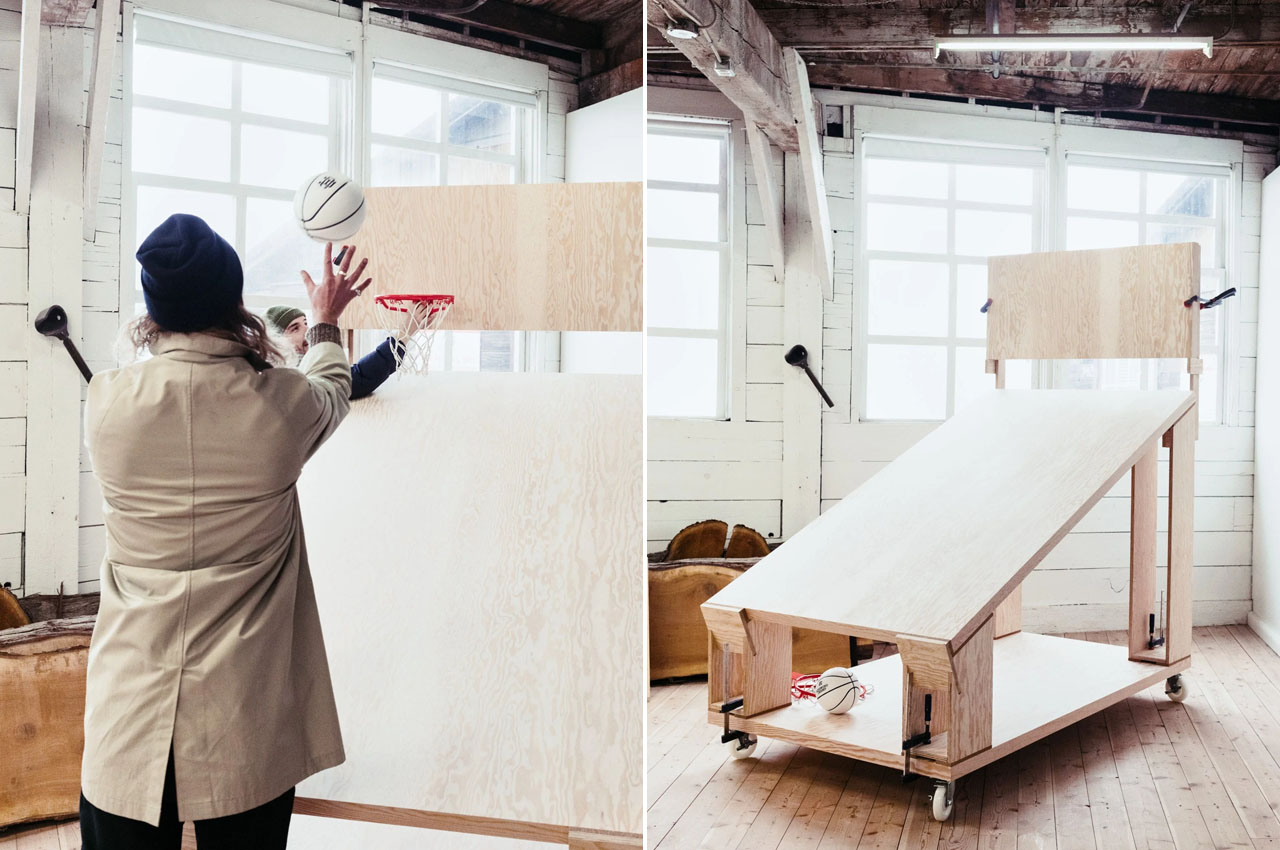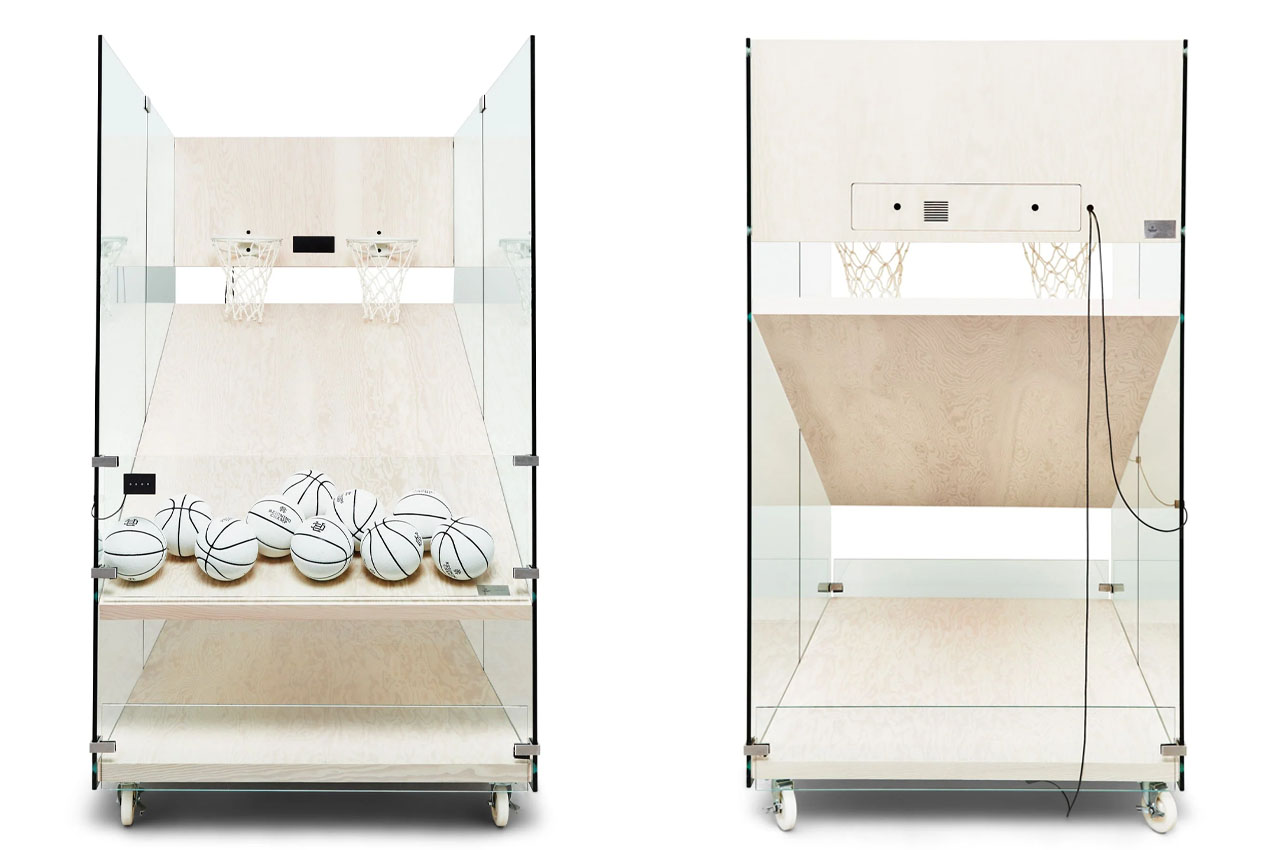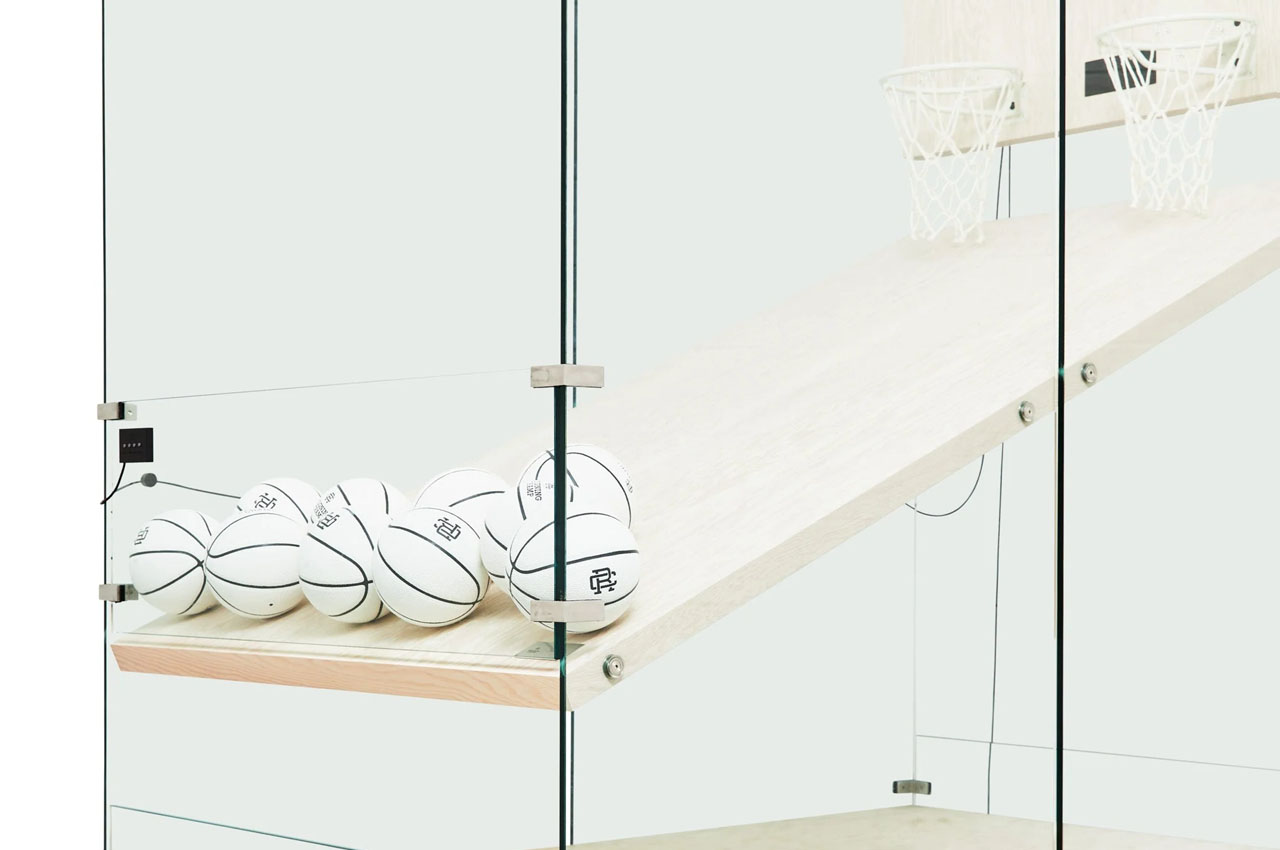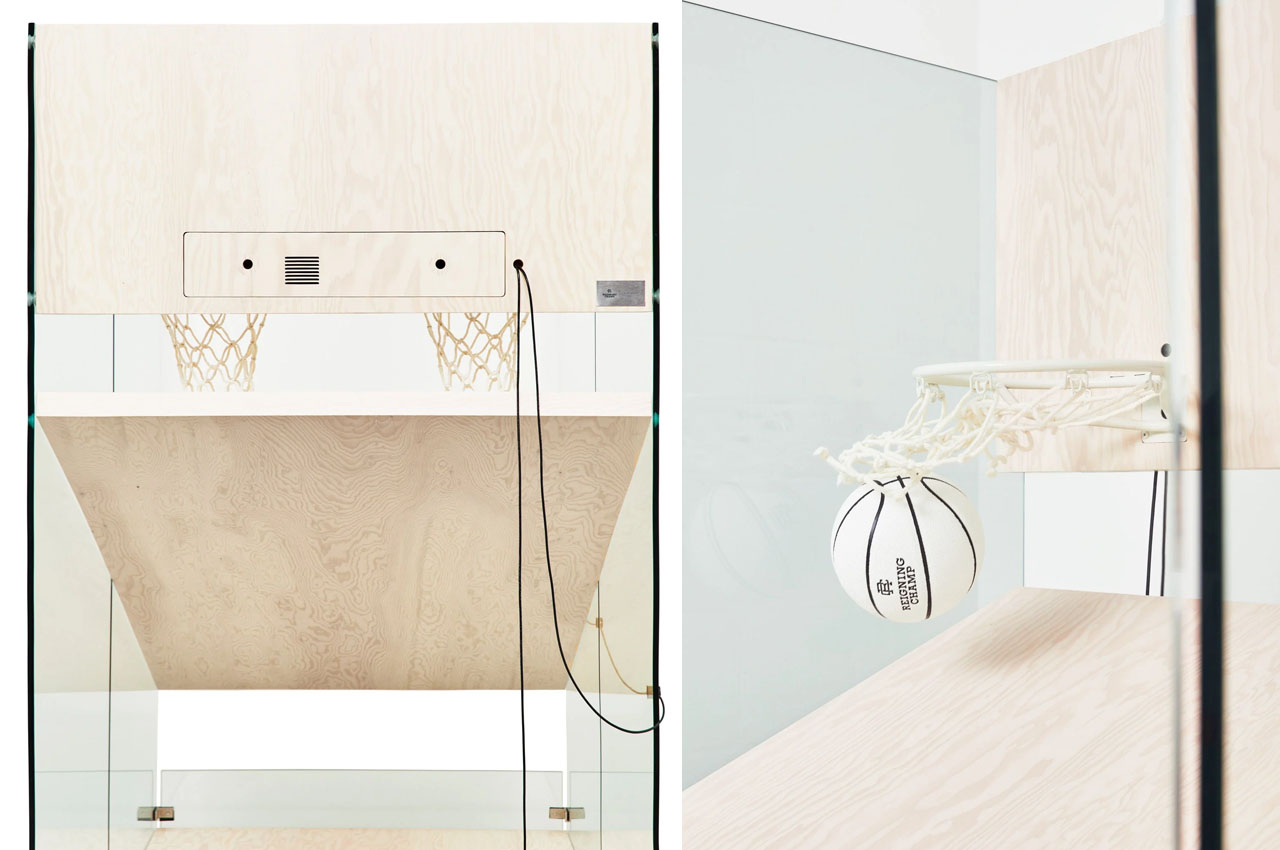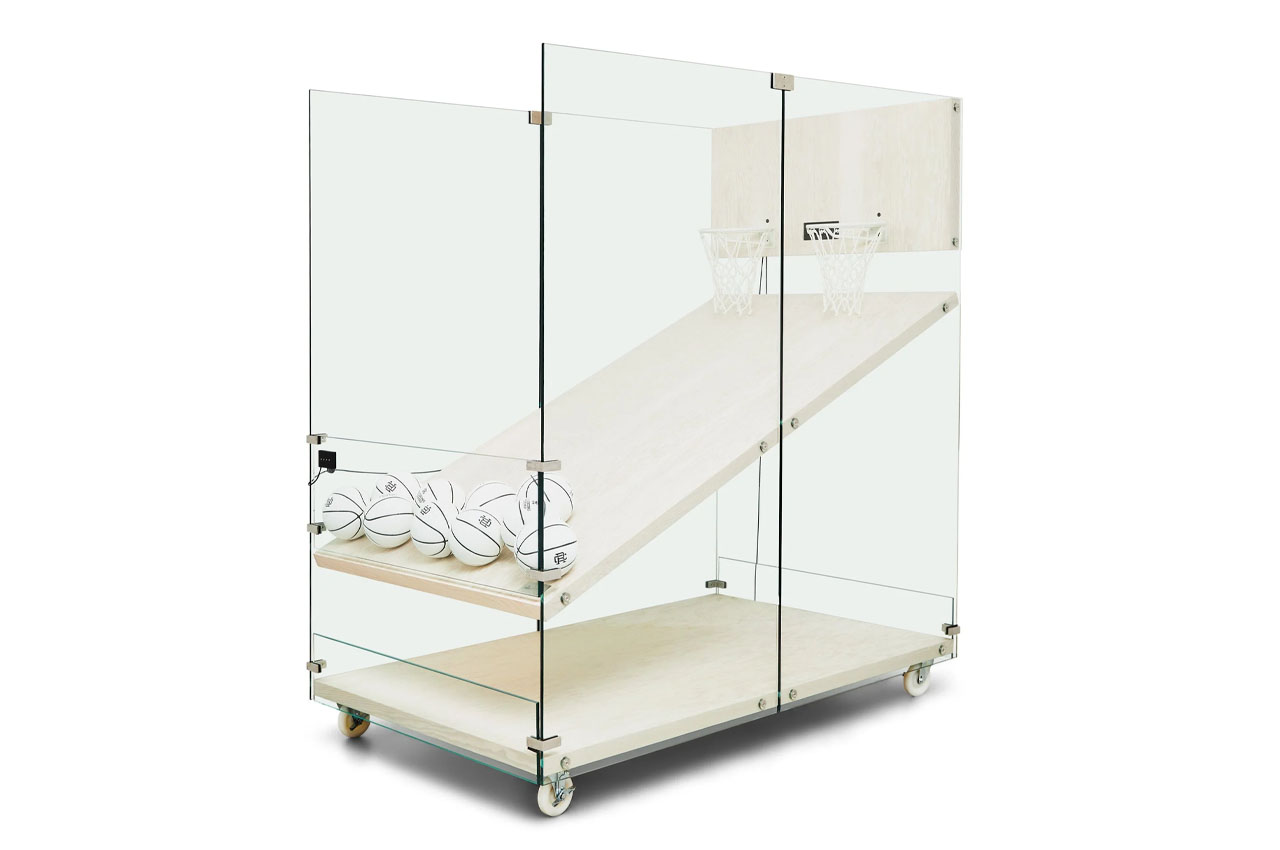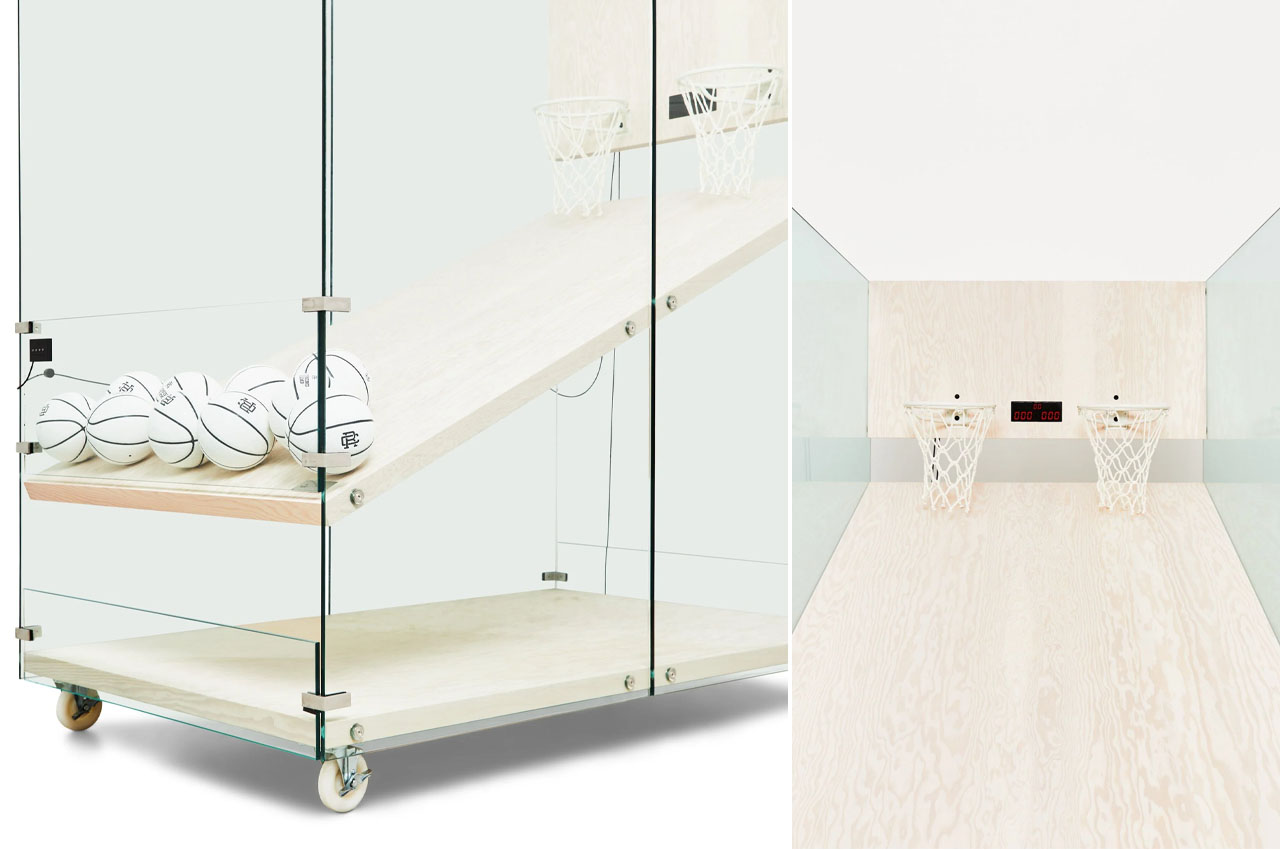Amazon launched a new generative AI shopping assistant, Rufus, on Thursday. The chatbot is trained on Amazon’s product catalog, customer reviews, community Q&As and “information from across the web.” It’s only available to a limited set of Amazon customers for now but will expand in the coming weeks.
The company views the assistant as customers’ one-stop shop for all their shopping needs. Rufus can answer questions like, “What to consider when buying running shoes?” and display comparisons for things such as, “What are the differences between trail and road running shoes?” It can also respond to follow-up questions like, “Are these durable?”
Amazon suggests asking Rufus for general advice about product categories, such as things to look for when shopping for headphones. It can provide contextual advice as well, lending insight into products based on specific activities (like hiking) or events (holidays or celebrations). Other examples include asking it to compare product categories (“What’s the difference between lip gloss and lip oil?” or “Compare drip to pour-over coffee makers”). In addition, it can recommend gifts for people with particular tastes or shopping recommendations for holidays.
Rufus can also answer more fine-tuned questions about a specific product page you’re viewing. Amazon provides the examples, “Is this pickleball paddle good for beginners?” or “Is this jacket machine-washable?”
Amazon said in 2023 every division in its company was working on generative AI. It’s since launched AI-powered review summaries, and it began encouraging sellers to make AI listings and image backgrounds for their products. Rival Walmart teased a similar feature for its shoppers at CES 2024.
“It’s still early days for generative AI, and the technology won’t always get it exactly right,” wrote Amazon executive Rajiv Mehta. “We will keep improving our AI models and fine-tune responses to continuously make Rufus more helpful over time. Customers are encouraged to leave feedback by rating their answers with a thumbs up or thumbs down, and they have the option to provide freeform feedback as well.”
Rufus is launching in beta today to only “a small subset of customers,” and it will appear (for those in the beta) after updating the Amazon mobile app. The assistant will continue rolling out to US customers “in the coming weeks.” Once you’re allowed into the beta, you can summon Rufus by typing or speaking your questions into the search bar. A Rufus chat box will appear at the bottom of the screen.
This article originally appeared on Engadget at https://www.engadget.com/amazon-launches-rufus-an-ai-powered-shopping-assistant-204811837.html?src=rss